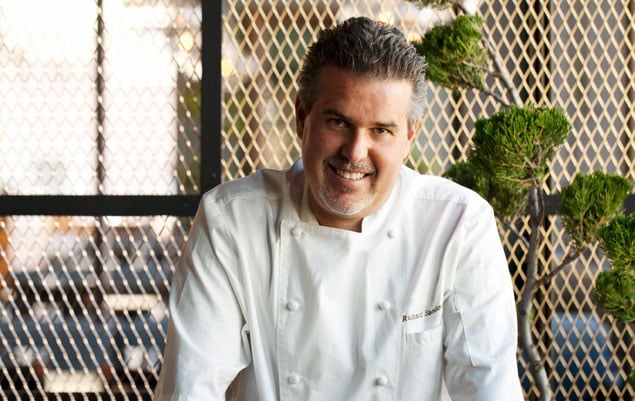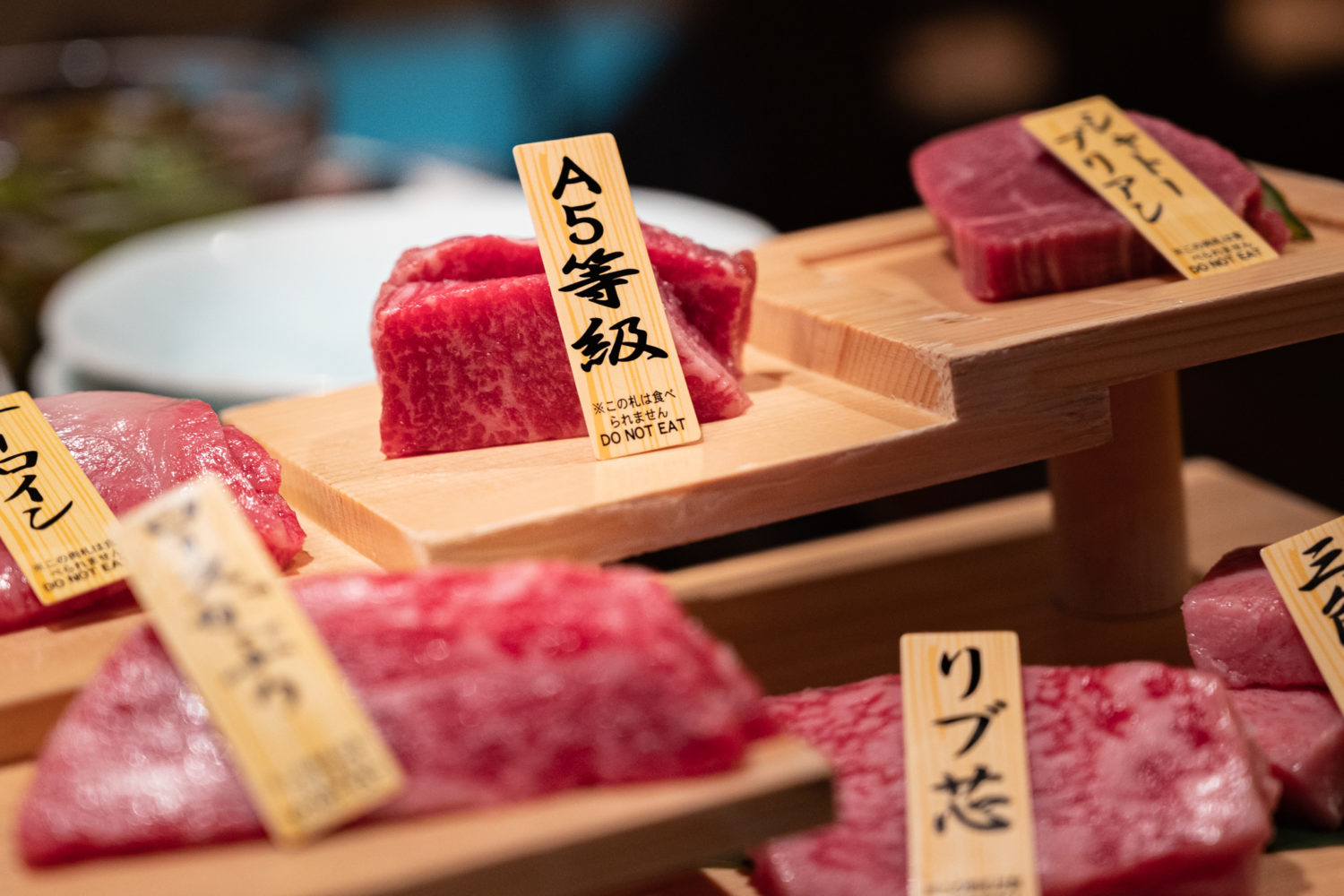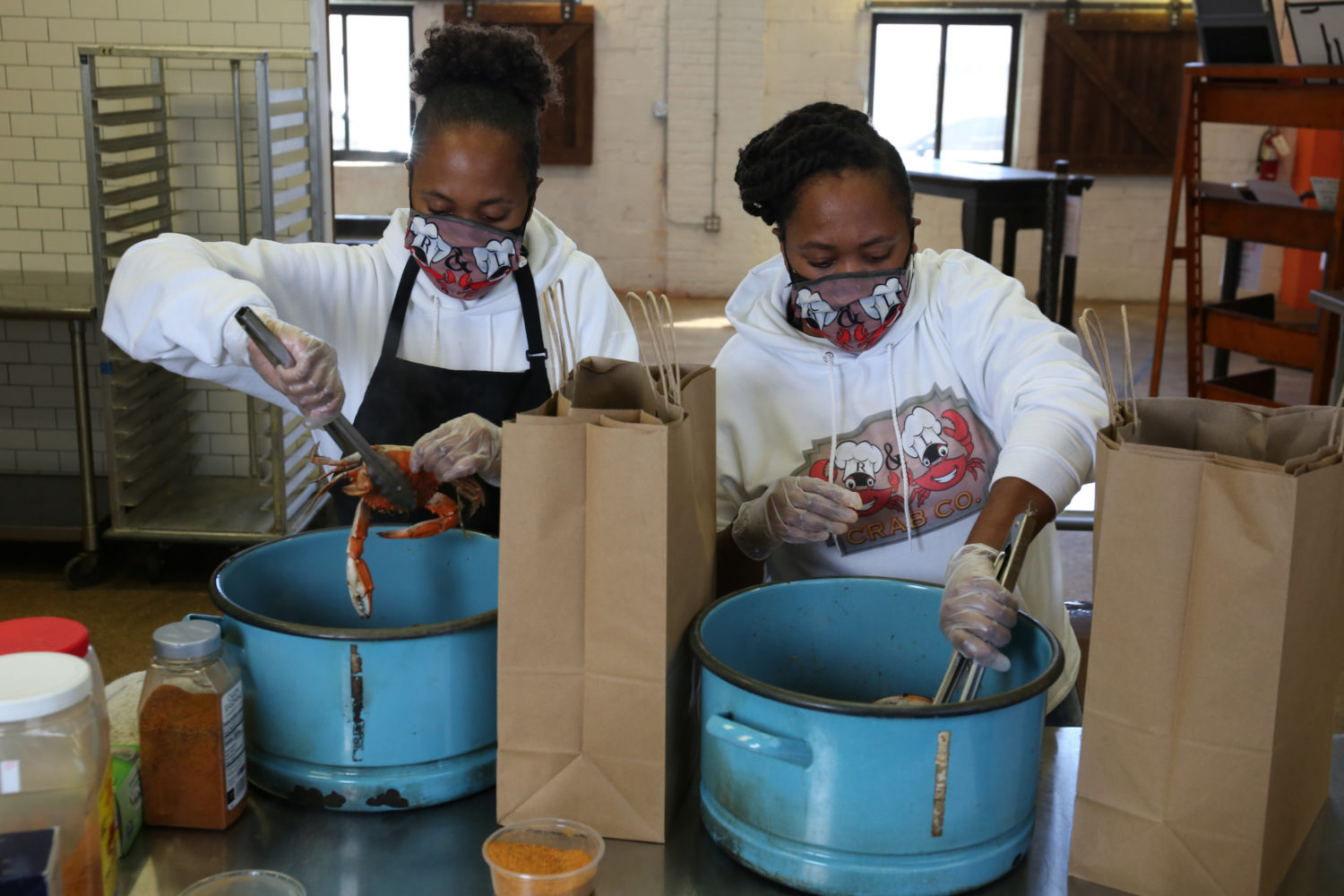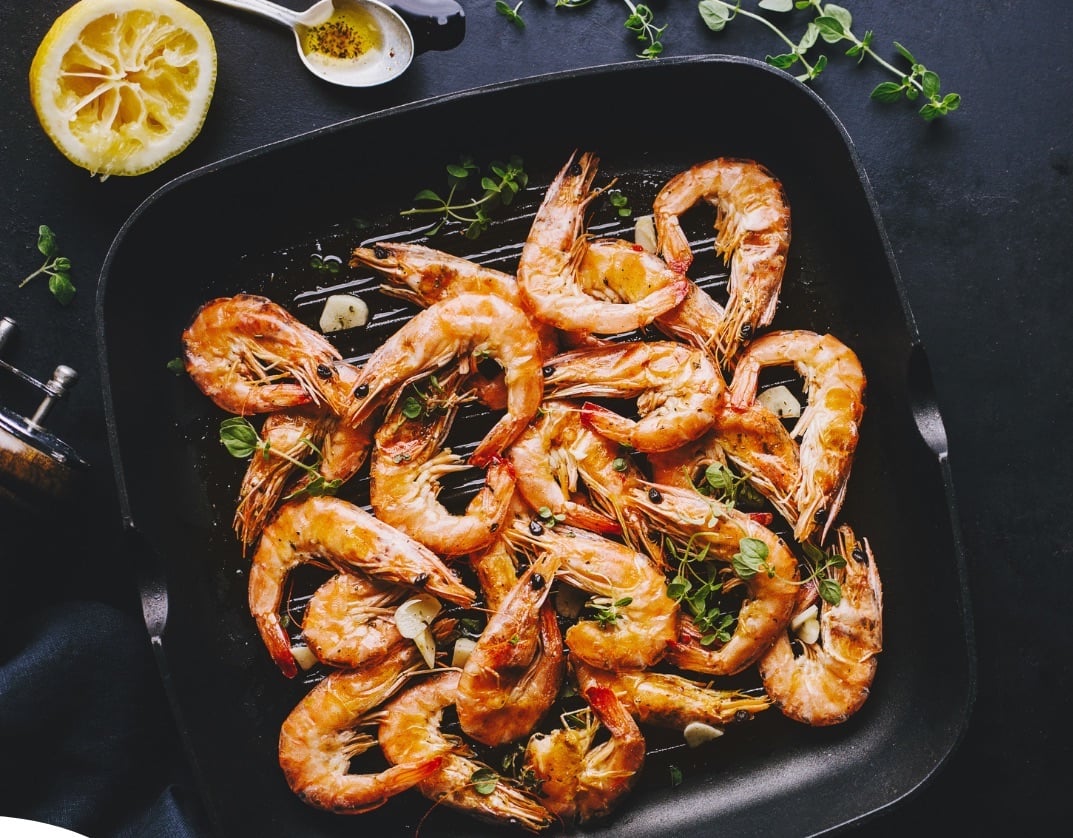Which celebrity chef-restaurateur has the biggest presence in Washington? If you’re thinking José Andrés, that’s partially right. The other, lesser-known, answer: Richard Sandoval, who claims the same number of eateries in the area as Andrés between Masa 14, two locations of El Centro D.F., Zengo, Ambar, La Sandia, the recently opened Toro Toro, and two more officially on the way. The Mexico City-born toque owns over 30 restaurants worldwide, but has opened more in Washington than any other city in the world, from Denver to Dubai, with the help of partners like Kaz Okochi (Kaz Sushi Bistro) and Ivan Iracanin. We spoke with Sandoval about why he’s picked Washington, what’s coming next—maybe more than you think—and the keys to a successful restaurant.
You’ve made Washington home to more of your restaurants than any other city. Why?
I like to build where I have a presence, and Washington has been very good to our restaurants. We’ve built a sense of community there, and feel very at home. We prefer to grow in markets where we have a presence in the community and people enjoy what we do.
Your restaurants are in a number of neighborhoods across Washington. How do you pick the areas?
We were very successful when we opened Masa 14, and 14th Street was just up-and-coming. People get scared when more restaurants come in, but if you’re good at what you do, more restaurants and people come to the area. We like to go into neighborhoods that are just evolving. Once you get into a neighborhood that’s completely evolved, like 14th Street now, rents have doubled. Even if it takes longer for your business to evolve, we like to be the first to develop the area and set trends.
How do you decide which existing concepts, like Toro Toro (originally in Dubai), to bring here?
Fortunately and unfortunately, when I started my career in New York City 17 years ago, it would have been easier if I did Maya and then just more Mayas. But I took a different approach. I go into neighborhoods and cities, and I try to understand what the community needs instead of saying ‘I have Maya, copy and paste it here.’ We go into an area and try to understand the demographic, and then I develop a concept and build the restaurant around that. That’s how I ended up with nine different brands.
What’s up next for Washington?
Mango Tree is the next for DC, opening in City Center in December. I’m very, very excited for that restaurant. Thai food is one of my favorite cuisines. When I met the owners of Mango Tree I thought the food was amazing, but I wanted to bring another element to it, more of a dining experience with music, design, lighting, and food. Kind of what I did for Mexican you’ll see there; an elevated style.
Tell me a bit about your upcoming Mexican spot in Shaw, and how it’ll be different than the two El Centro locations.
It’s going to be very similar to El Centro, but a little bit smaller. As far as the menu, we’ll probably have a larger emphasis on tacos, with a global taco section where I want to incorporate ingredients from other countries. Our beverage program will be similar, we’ll have a lot of infused tequila, but we’ll put a larger emphasis on mezcal.
If you could open any kind of restaurant in DC, not necessarily realistic, what would you do and where would it be?
The next thing I want to introduce in Washington is Peruvian. You see a lot of chicken rotisseries, but you haven’t seen a real Peruvian restaurant. I think I’d do it in Georgetown, actually. At Toro Toro we have some dishes, but this would be classic Peruvian with my modern twist; a big ceviche bar, dishes using their chilies, the many kinds of potatoes and stews. I’m talking about it to somebody, so don’t be surprised if we announce it!
A number of your restaurants have the fusion elements, and it can be tough to do well. Do you have rules when it comes to making fusion dishes or menus?
Yes, absolutely. You always hear the saying ‘fusion is confusion.’ In order to put cuisines together they have to have some similarities. For example, I could never fuse Mexican and Italian; there aren’t similarities as far as ingredients or flavor profiles. But then you look at Mexican and Asian cuisine, and they use similar grains, chilies, sweet-and-spicy flavors. Those cuisines you can meld.
Washington has seen a growing number of top chefs and international restaurateurs like yourself seeking a presence here. What do you think of the trend?
I think in the coming years we’ll see a lot more big-name chefs, but I also think we’ll get to a point where the market could get saturated. They’ll be more careful as to where they open and when they open. In the last two years the market was maybe underserved, and now it’s getting to the point of … it won’t be over-saturated, but I think we have to be careful.
Your restaurants often have an entertainment factor, whether it’s DJs, dancing, or a separate lounge. What’s the importance of having that element?
As the dining scene changed in the last ten years with the recession, it was difficult. You had to develop other ways for people to stay in your restaurant, have fun, and spend money. If people are eating and drinking, and then have to go to another venue, we thought ‘why can’t we create that in one place?’ You’d have dinner, go to the basement, have drinks and DJs. You always have nightclub people who want to open restaurants, and they fail because they don’t understand the dynamic of a restaurant. And then you have restaurateurs who say ‘these people who open lounges make so much money, let’s do that,’ and so they take the restaurant, hire a DJ, and they think that’s it. I think the most important piece is that we’re food-driven. If people keep coming back for your food and service in the restaurant, you’re never going to lose that.
















